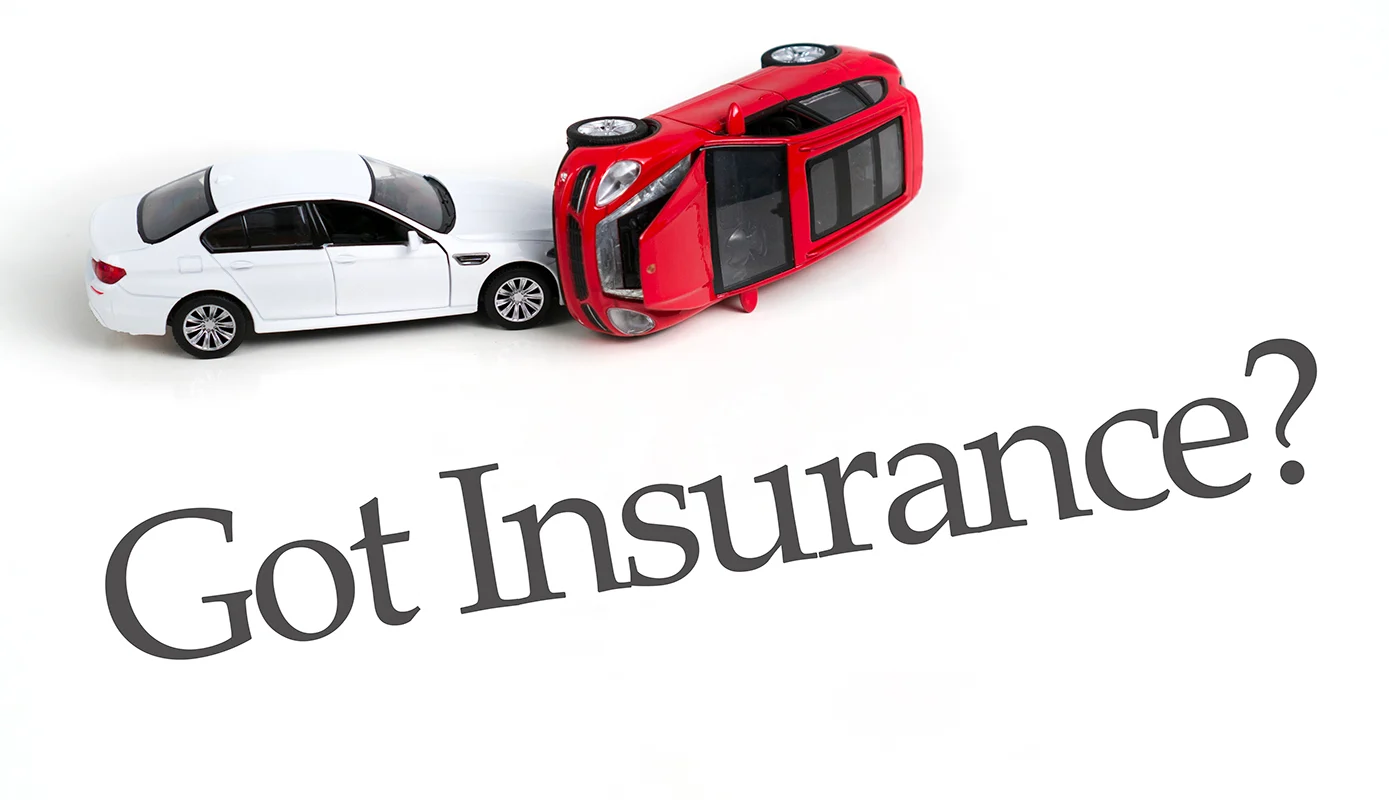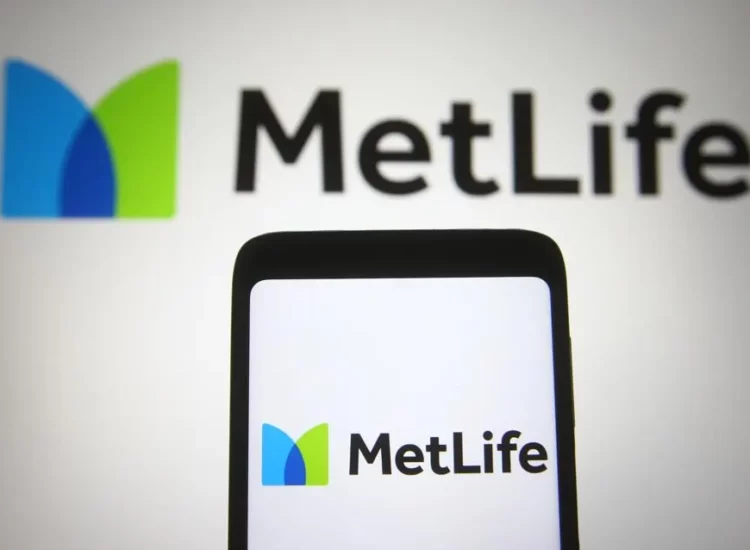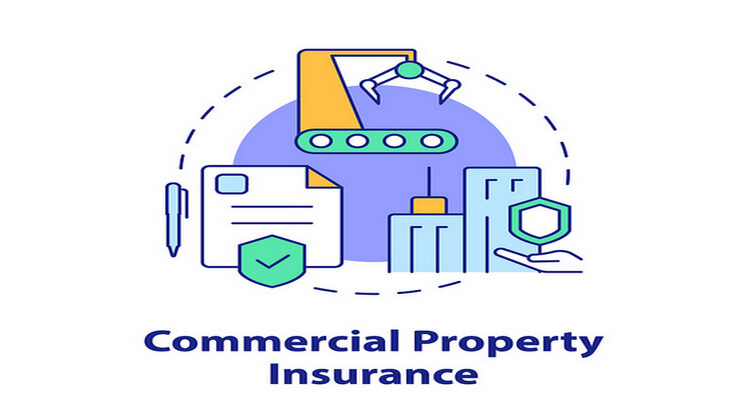You might think that getting cheaper car insurance after an accident or DUI is impossible, but it’s not. Insurance companies assess risk, and while these incidents raise your profile, there are ways to navigate the system and find affordable rates. In this guide, we’ll explore essential strategies on how to get cheaper car insurance, ensuring you have the protection you need without breaking the bank.
Toc
Understanding How to Get Cheaper Car Insurance Basics

Before diving into how to make car insurance cheaper, it’s important to grasp the fundamental concepts of car insurance. Here are key terms you should know:
Liability Coverage
Liability insurance is mandatory in most states and covers damages you cause to others in an accident. It typically includes two components: bodily injury liability and property damage liability. For instance, if you accidentally hit another car, liability coverage will help pay for the other driver’s medical expenses and vehicle repairs.
Collision Coverage
Collision coverage pays for damage to your car resulting from a collision, regardless of who is at fault. For example, if you hit a tree or another vehicle, collision insurance will cover the repair costs, minus your deductible. This coverage is particularly important for newer vehicles or cars that you’ve financed.
Comprehensive Coverage
Comprehensive insurance covers damage to your vehicle not involving a collision. This includes theft, vandalism, or natural disasters like floods. If a tree falls on your car during a storm, comprehensive coverage would cover the repairs. It’s essential to consider this type of coverage, especially if you live in an area prone to severe weather conditions.
Uninsured/Underinsured Motorist Coverage
This coverage protects you if you’re in an accident with a driver who has no insurance or insufficient insurance. For example, if an uninsured driver hits your car, this coverage helps cover your medical bills and vehicle repairs. It is particularly vital in states with a high number of uninsured drivers.
Understanding these types of coverage will help you make informed decisions about your policy and how to get cheaper car insurance.
Factors Affecting Car Insurance Rates

Several factors determine your car insurance premiums. Here’s a breakdown of the main elements influencing your rates:
Driving History
Your driving record is one of the most significant factors in calculating your premiums. If you have accidents, DUIs, or speeding tickets, insurance companies will consider you a higher risk. For instance, a 2023 study by the Insurance Information Institute found that drivers with a single at-fault accident could see their premiums increase by an average of 45% in the following year. This increase can vary based on the severity of the accident, the driver’s age, and other factors. However, it’s important to note that some insurers offer forgiveness programs for first-time offenses, allowing drivers to avoid significant rate increases if they have a clean driving record for a specified period after an accident or violation.
Age and Driving Experience
Younger drivers, especially those under 25, typically face higher premiums due to inexperience. Conversely, older, more experienced drivers may benefit from lower rates. Insurance companies often view older drivers as more responsible and less likely to engage in risky behavior.
Vehicle Type
The make and model of your vehicle can impact your insurance costs. High-performance cars or luxury vehicles often come with higher premiums due to their increased repair costs and theft rates. For example, a 2023 report by the National Highway Traffic Safety Administration (NHTSA) found that the average cost to repair a 2022 Tesla Model S after a collision was $10,000, significantly higher than the average repair cost for a standard sedan. This increased repair cost is reflected in insurance premiums. However, some insurance companies offer discounts for vehicles with advanced safety features, regardless of their make or model. These features can include anti-lock brakes, electronic stability control, and airbags, demonstrating that insurers recognize the importance of safety technology in reducing accident risk.
Location
Where you live plays a crucial role in your insurance rates. Urban areas with higher crime rates or traffic congestion usually see higher premiums than rural areas. For instance, a 2023 study by the Insurance Institute for Highway Safety (IIHS) found that drivers in New York City pay an average of $2,000 more per year for car insurance than drivers in rural areas of Wyoming. This difference is attributed to factors like higher crime rates, increased traffic congestion, and a greater density of vehicles in urban areas.
Credit Score
In many states, your credit score can influence your car insurance rates. A lower credit score may lead to higher premiums, as insurers view it as an indicator of risk. Research shows that drivers with poor credit can pay up to $125 more per month than those with excellent credit. Improving your credit can thus have a significant impact on your insurance costs.
By understanding these factors, you can better strategize on how to make car insurance cheaper.
Finding Affordable Car Insurance Options

To effectively find cheaper car insurance, it’s essential to shop around and compare quotes. Here are some practical steps to follow:
Use Online Comparison Tools
Online comparison websites allow you to gather multiple quotes quickly. Websites like QuoteWizard and The Zebra can help you see various options and find the best rates for your situation. These tools streamline the process, making it easier to assess different insurers’ offerings.
Compare Different Insurance Companies
Not all insurance companies offer the same rates or coverage options. Some may specialize in providing affordable options for drivers with less-than-perfect records. For instance, if you have a DUI, State Farm has competitive rates compared to the national average. It’s essential to research which companies cater to your specific needs.
Check for Reputable Companies
While seeking affordable insurance, ensure that the companies you consider are reputable and financially stable. Look for reviews and ratings on platforms like AM Best or Consumer Reports. A company with strong financial ratings will be better positioned to pay claims when needed.
Strategies to Lower Your Car Insurance Premiums

Once you’ve gathered information, implement these strategies to lower your car insurance costs:
Exploring Discounts
Many insurance providers offer a variety of discounts that can significantly reduce your premiums. Here are some common discounts to look for:
- Good Driver Discounts: If you maintain a clean driving record, you may qualify for a discount. Some companies offer significant savings for drivers with no accidents or violations over a specific period.
- Student Discounts: Many insurers offer discounts for full-time students who maintain a certain GPA. If you’re a student, be sure to ask about this potential savings opportunity.
- Multi-Car Discounts: Insuring multiple vehicles under one policy can lead to savings. If you have family members with cars, consider bundling policies together.
- Bundling Policies: Combining your car insurance with home or renters insurance often results in lower rates. This is a common strategy that many families overlook.
- Safety Features Discounts: Vehicles equipped with advanced safety features like anti-lock brakes or airbags can qualify for discounts. If your car has these features, inform your insurer during the quote process.
- Loyalty Discounts: Staying with the same insurer for several years may earn you loyalty discounts. This is an excellent reason to maintain a good relationship with your provider.
Increasing Your Deductible
Adjusting your deductible—the amount you pay out-of-pocket before your insurance coverage kicks in—can lower your monthly premiums. For example, raising your deductible from $500 to $1,000 could significantly reduce your premium. However, ensure that you choose a deductible that you can afford in case of a claim. This balance is crucial for financial planning.
Improving Your Driving Record
Maintaining a clean driving record is crucial for securing lower rates. Avoid accidents and traffic violations, and consider enrolling in a defensive driving course to enhance your skills and potentially lower your premiums. Many insurers offer discounts for completing these courses, which can also improve your driving habits.
Maintaining Good Credit
Since credit scores affect insurance rates, adopting good credit practices is essential. Pay bills on time, keep credit card balances low, and regularly check your credit report for errors. If you identify any discrepancies, take steps to correct them. Improving your credit can lead to significant savings on your premiums.
Negotiating Your Rates
Don’t hesitate to negotiate with your current insurance provider. Use quotes from competitors as leverage to see if your insurer can offer you a better rate. Many companies are willing to match or beat competitors’ offers to retain customers. Be proactive in discussing your options.
Timing Your Policy Purchase
The timing of when you purchase your insurance policy can also impact your rates. Shopping for insurance during off-peak times, such as late fall or winter, may yield better rates compared to peak seasons when demand is higher. Plan ahead and compare rates periodically to catch any seasonal trends.
Utilizing Pay-As-You-Drive Programs
Some insurance companies offer pay-as-you-drive programs, where your premium is based on your driving habits. If you’re a safe driver who doesn’t frequently use your vehicle, this option can lead to substantial savings. Devices or apps may track your driving behavior, providing discounts based on safe driving metrics.
Usage-Based Insurance (UBI) Programs
Usage-Based Insurance (UBI) programs are gaining popularity, offering discounts based on driving habits tracked through telematics devices or smartphone apps. These programs reward safe driving behaviors like avoiding speeding or harsh braking, potentially leading to significant savings for responsible drivers.
The Rise of Autonomous Vehicles
The rise of autonomous vehicles is changing the insurance landscape. As self-driving cars become more prevalent, insurance companies are developing new coverage models to address the unique risks and benefits associated with these technologies. For example, some insurers are offering discounts for vehicles equipped with advanced driver-assistance systems (ADAS), reflecting the potential for reduced accidents.
Frequently Asked Questions

Q: What is the minimum amount of car insurance I need?
A: Minimum coverage requirements vary by state, but they typically include liability coverage. However, it’s often advisable to consider additional coverage to ensure adequate protection in case of a serious accident. Understanding your state’s requirements is crucial for compliance and safety.
Q: How often should I review my car insurance policy?
A: It’s recommended to review your policy annually to ensure your coverage remains adequate and that you’re still receiving competitive rates. Life changes, such as moving or buying a new vehicle, can affect your insurance needs.
Q: What happens if I get into an accident?
A: In the event of an accident, contact your insurance company promptly to report the incident and start the claims process. Document the accident scene and gather relevant information from other parties involved. Being prepared can streamline the claims process.
Q: Can I cancel my car insurance policy?
A: Yes, you can cancel your policy. However, be aware of any cancellation fees and ensure you have alternative coverage in place to avoid a lapse. It’s essential to maintain continuous coverage to avoid penalties.
Q: How does my driving behavior affect my insurance rates?
A: Your driving behavior significantly impacts your insurance rates. Safe driving habits can help you maintain lower premiums, while accidents or traffic violations will increase your risk profile and, consequently, your rates. Regularly practicing safe driving can lead to long-term savings.
Conclusion
Finding affordable car insurance when you’re a first-time buyer or dealing with specific needs may seem daunting, but it’s achievable. By understanding the basics of car insurance, comparing quotes, and exploring various strategies to lower your premiums, you can secure the coverage you need at a price you can afford.
Take proactive steps today! Start by using online comparison tools, consult with an insurance agent, and don’t shy away from negotiating for better rates. With these strategies, you’ll be well on your way to getting cheaper car insurance that meets your needs without compromising on protection. Remember, the key to success in finding affordable car insurance is persistence and informed decision-making.











